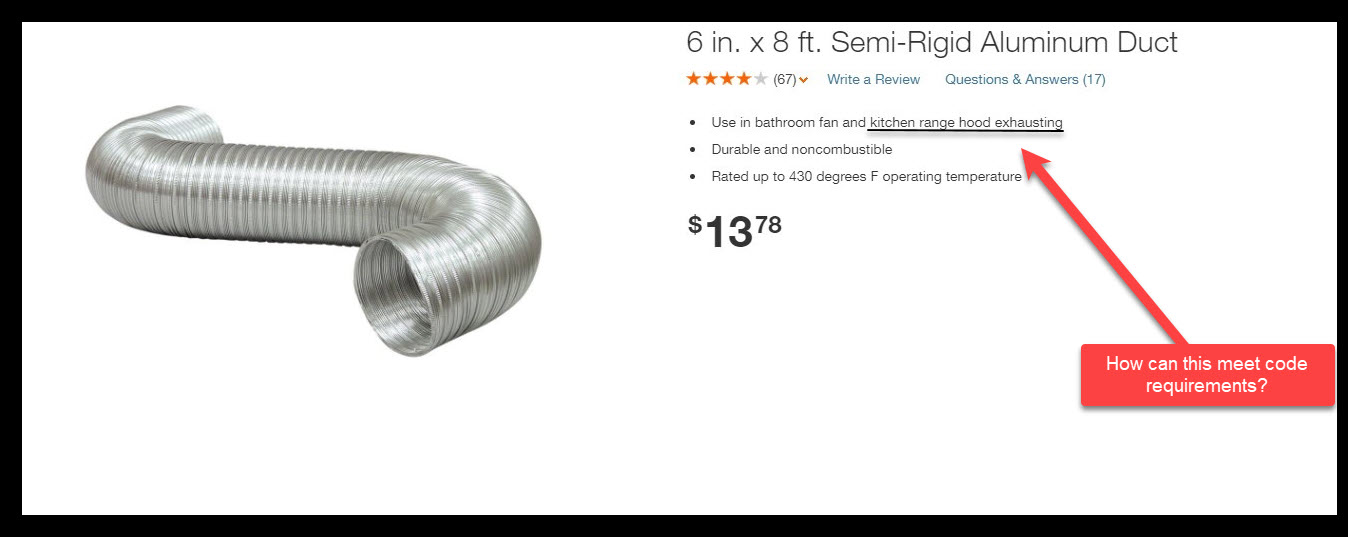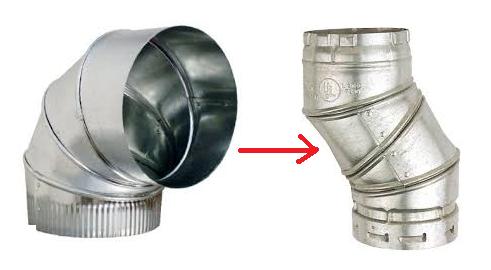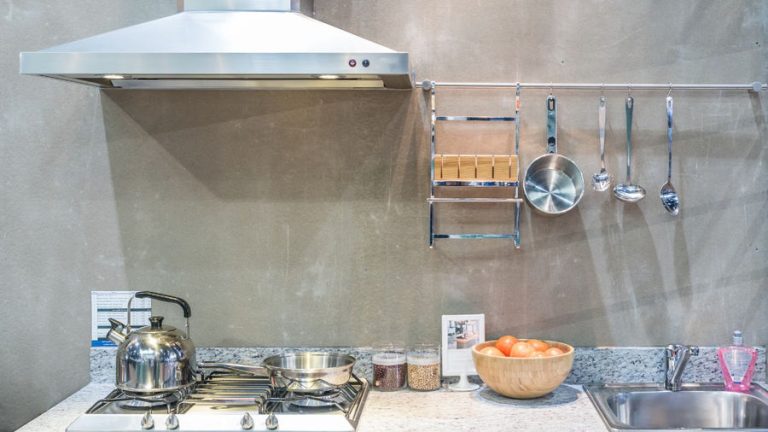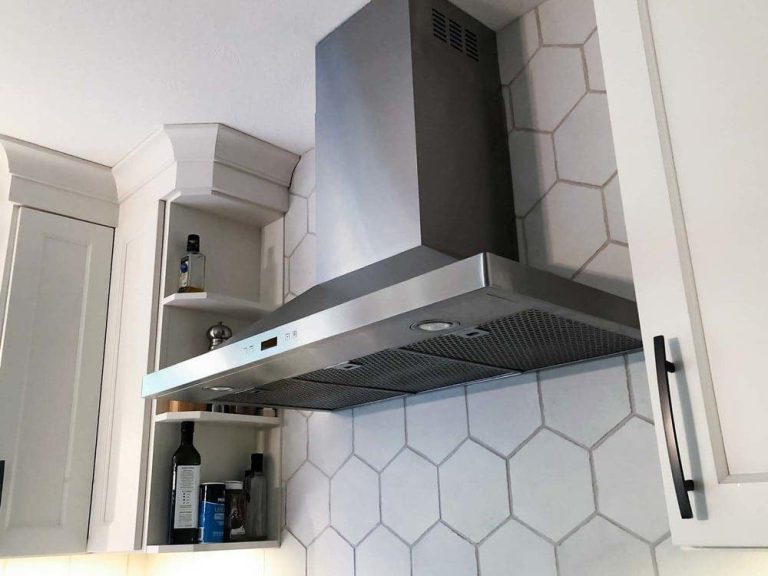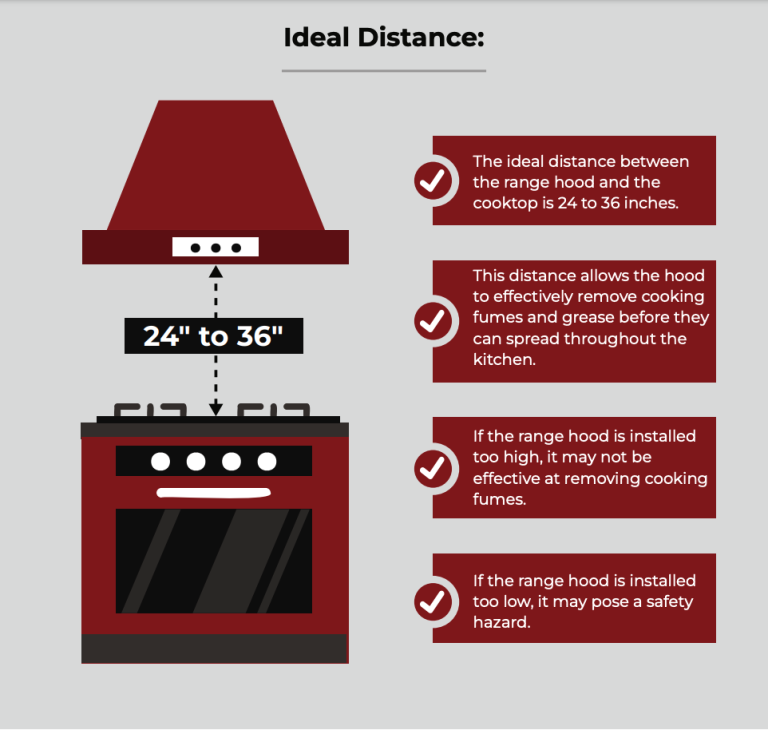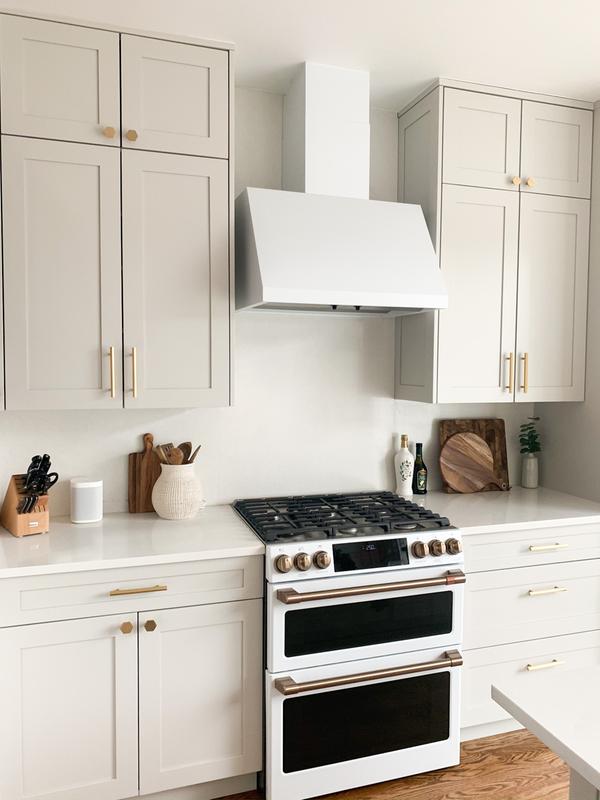Range hood duct code requirements ensure proper ventilation and safety. They include specifications on duct material, size, and installation.
Range hood ducts are essential for maintaining air quality and safety in kitchens. Building codes specify strict requirements for duct material, size, and installation to ensure proper ventilation. Typically, metal ducts are required because they are durable and fire-resistant. The duct size must match the range hood’s capacity to efficiently remove smoke, grease, and odors.
Installation guidelines often include minimum and maximum duct lengths, as well as proper sealing to prevent leaks. Adhering to these codes not only ensures compliance with local regulations but also promotes a healthier and safer kitchen environment. Proper ventilation significantly reduces the risk of fire and improves indoor air quality.
Importance Of Range Hood Ducts
Range hood ducts remove smoke, grease, and fumes from the kitchen. This keeps the air clean and fresh. Proper ventilation prevents fire hazards. Grease buildup can cause fires. Safe kitchens need well-maintained ducts. Everyone feels safer and more comfortable.
Clean air is good for health. Range hood ducts remove harmful pollutants. Breathing clean air reduces allergies and asthma symptoms. Proper ducts also get rid of moisture. This prevents mold and mildew growth. Healthy air means a healthier family. Everyone can enjoy cooking without worries.
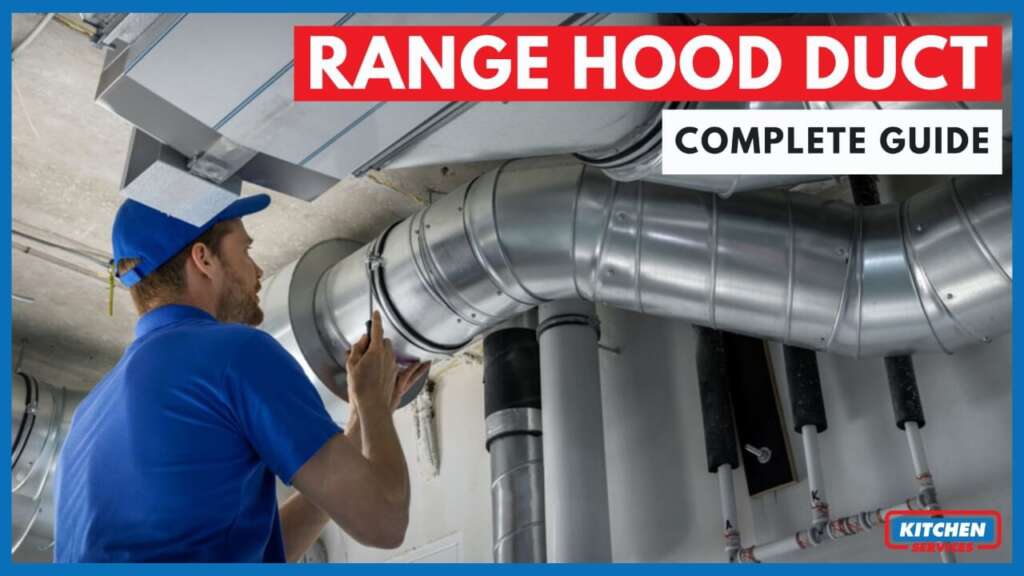
Credit: kitchen.services
Basic Code Requirements
Range hood duct code requirements ensure proper ventilation, safety, and efficiency in kitchens. These codes specify duct material, size, and installation methods. Compliance with these standards is crucial for optimal performance.
Standard Dimensions
Range hood ducts must be at least 6 inches in diameter. The length of the duct should not exceed 35 feet. For each elbow, reduce the length by 5 feet. This ensures proper airflow.
Material Specifications
Use smooth metal ducts for best performance. Avoid using flexible or corrugated ducts. Metal ducts must be galvanized steel or aluminum. The thickness should be at least 0.0157 inches. This helps prevent leaks and ensures durability.
Installation Guidelines
Use ductwork made of metal. Avoid plastic ducts for safety. The duct should go outside the house. Use short, straight ducts for best airflow. The duct must be the right size for the range hood. Seal the joints with metal tape.
The range hood must be securely mounted to the wall or ceiling. Use strong screws and brackets. The hood should be at the right height above the stove. Check the manufacturer’s instructions for the correct height. Ensure the hood is level and secure before use.
Common Mistakes To Avoid
Many people use the wrong duct size. This can cause poor ventilation. The range hood might not work well. Always check the manufacturer’s guidelines. Ensure the duct matches the hood’s size.
Leaks in the duct reduce efficiency. Make sure all joints are sealed properly. Use high-quality tape or sealant. This prevents air from escaping. Good sealing improves performance.
Maintenance Tips
Clean the range hood filters every month. Use warm, soapy water for best results. Dirty filters can block air flow. Remove grease and dirt from the hood’s surface. This helps the hood work better and last longer.
Check the duct for any holes or cracks. Damaged ducts can cause leaks and reduce efficiency. Replace any damaged parts immediately. Look for loose connections and tighten them. Ensure the vent cap outside is clear of debris. Regular inspection helps catch problems early.
Choosing The Right Duct Type
Rigid ducts are strong and last long. They keep their shape and need less cleaning. Flexible ducts are easier to install. They can bend around obstacles but might trap grease. Choose the type that suits your kitchen best.
Fire-resistant ducts can save your home. These ducts stop the spread of fire. Always look for ducts made from fire-resistant materials. Safe ducts are important for your kitchen safety.
Local Building Codes
Local building codes dictate specific requirements for range hood duct installations. Ensuring proper venting and duct size is crucial for safety and efficiency. Compliance with these codes is essential for a functional and safe kitchen environment.
Regional Variations
Local building codes can vary by region. Some areas have strict rules for range hoods. Others may have more relaxed guidelines. It is important to know your local regulations. This helps ensure your installation is up to code.
Consulting Professionals
Consulting a professional can be very helpful. They know the local building codes well. They can guide you through the installation process. This ensures your range hood meets all requirements. It also helps avoid future problems.

Credit: diy.stackexchange.com
Upgrading An Existing System
The kitchen smells bad often. The range hood is noisy. Grease builds up quickly. Cooking smoke lingers. The hood’s light flickers. You see rust on the duct. Energy bills are higher than usual. The fan does not work well. These are signs that an upgrade is needed.
First, check the current duct size. Make sure it meets code. Next, choose a new range hood. Look for energy-efficient models. Install a carbon filter. This helps with odors. Replace old ducts with new ones. Use smooth, metal ducts. Avoid flexible ducts. Seal all duct joints. This prevents leaks. Finally, test the new system. Ensure it works well.

Credit: www.webstaurantstore.com
Frequently Asked Questions
What Is The Standard Duct Size For Range Hoods?
The standard duct size is usually 6 to 8 inches in diameter. This ensures efficient airflow and proper ventilation.
Can Range Hood Ducts Be Flexible?
Yes, but rigid ducts are recommended for better airflow and durability. Flexible ducts can cause airflow resistance.
How High Should A Range Hood Be Installed?
A range hood should be installed 24 to 30 inches above the cooking surface. This height ensures effective ventilation.
Is It Necessary To Vent Range Hoods Outside?
Yes, venting outside is crucial for removing smoke, odors, and grease from your kitchen effectively.
Conclusion
Understanding range hood duct code requirements is crucial for safety and efficiency. Proper installation ensures optimal performance. Always consult local building codes and hire qualified professionals. Adhering to these guidelines helps maintain a safe and functional kitchen. Stay informed and prioritize compliance for peace of mind.
